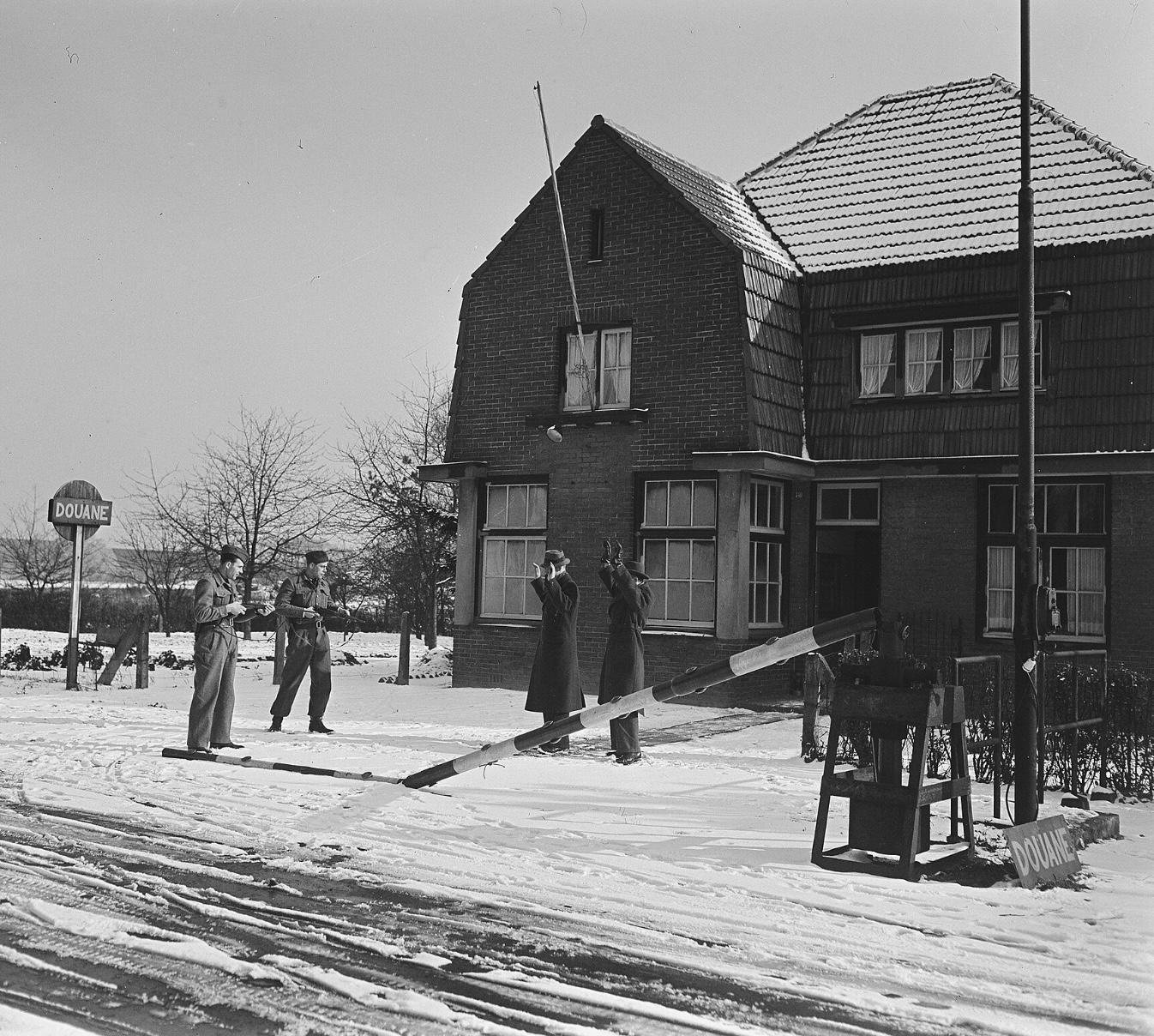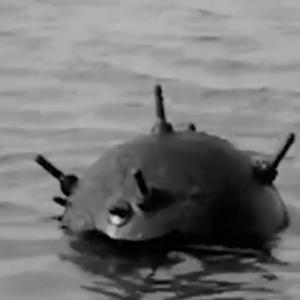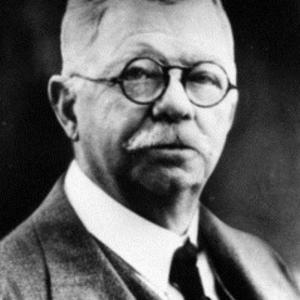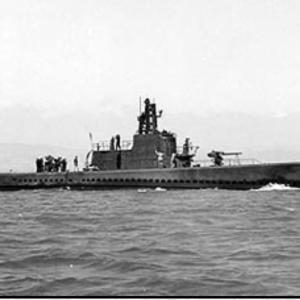
Venlo capture
The Venlo incident took place on the evening of 9 November 1939 at the Dutch–German border near the town of Venlo, where two British MI6 officers were captured in a deception operation orchestrated by the Sicherheitsdienst under Walter Schellenberg. For weeks leading up to the ambush, the Germans had been running a highly sophisticated counter-intelligence ploy in which SD agents posed as anti-Nazi Wehrmacht conspirators claiming to be planning a coup against Hitler. They made contact with the British Secret Intelligence Service through intermediaries, feeding just enough plausible information about internal dissent in the German high command to convince London that serious resistance existed among senior officers. British intelligence, desperate in the early months of the war to establish contact with any potential anti-Hitler elements who might shorten the conflict from within, authorized ongoing meetings through its station in the Netherlands, then a neutral country.
The two British officers involved were Captain Sigismund Payne Best and Major Richard Henry Stevens, both senior MI6 figures operating out of The Hague. Best, a veteran of British intelligence since the First World War, was fluent in German and appeared to the SD as a valuable target. Stevens was head of the SIS station in the Netherlands and carried on him sensitive cipher material that should never have fallen into enemy hands. Their purpose was to explore what they believed were genuine coup proposals from high-ranking German officers who claimed to be connected to the Abwehr and the General Staff. In London there was real hope that internal fragmentation in Germany might end the war before it fully escalated.
The Germans received intelligence about British eagerness for such contacts through both wireless interceptions and informants in the Low Countries. They crafted the deception under Reinhard Heydrich’s orders, with Schellenberg leading the operational phase. In late October 1939 a series of preliminary meetings took place just over the Dutch border, with the German agents continuing to reinforce credibility by dropping controlled intelligence fragments regarding Wehrmacht deployments and hints of discontent among senior generals. Each side met in automobiles positioned just inside neutral Dutch territory, with the British always cautious but increasingly convinced.
On 9 November a final meeting was arranged at a roadside café near Venlo, under the pretense that a high-level German envoy would arrive to open direct talks with London. As Best and Stevens arrived with their Dutch chauffeur, an SD assault group suddenly crossed from the German side in armored cars. The attack was over in seconds. Shots were fired to intimidate but neither British officer was killed. They were dragged across the border into Germany before the Dutch border guards could react. Both men were immediately transported for interrogation, first in Düsseldorf and later in Berlin, where the material taken from Stevens provided the Germans with valuable intelligence on British SIS cryptographic procedure and network structure in western Europe.
They were eventually separated and held as Sonderhäftlinge — special prisoners — at various high‐security locations including Sachsenhausen and Dachau. Despite repeated interrogations they were not tortured and were deliberately kept alive for potential diplomatic or propaganda use. Both men survived the war. In April 1945, as the Reich collapsed, Best was liberated by US forces and Stevens was freed in a similar final-stage prisoner evacuation. After repatriation to Britain they were both interrogated by their own side before being quietly retired from intelligence service. Their capture had forced MI6 to radically overhaul its methods and the Venlo disaster remained, for years, one of the sharpest internal warnings ever issued within British intelligence about over-trust in supposed German resistance contacts.
The Venlo incident is considered one of the most decisive German counter-espionage victories of the early war, not only for the capture itself but for the political and strategic shock it delivered. It compromised British operations across neutral Europe, provided Hitler with a pretext to later invade the Netherlands, and exposed how dangerously vulnerable the SIS still was in the chaotic first months of the war.










